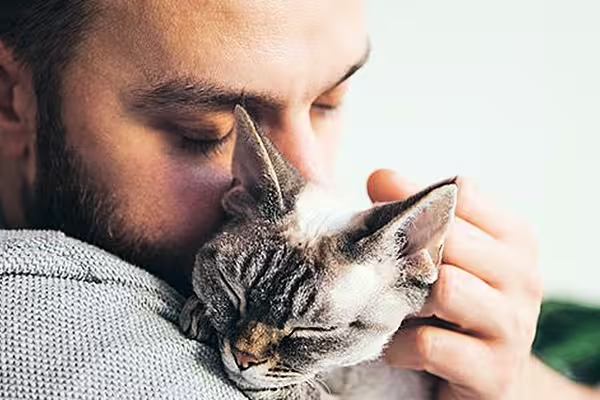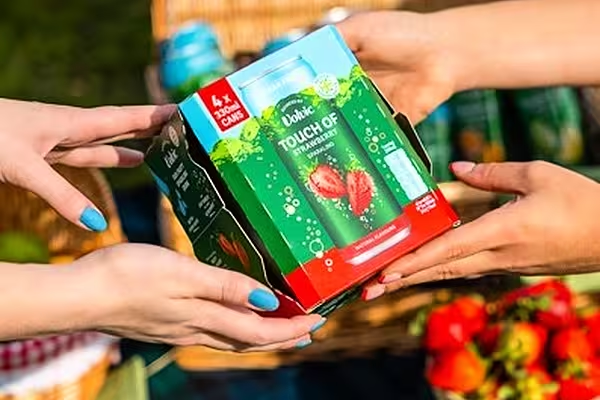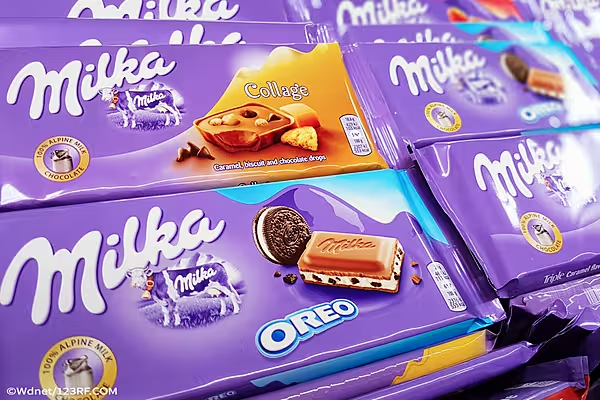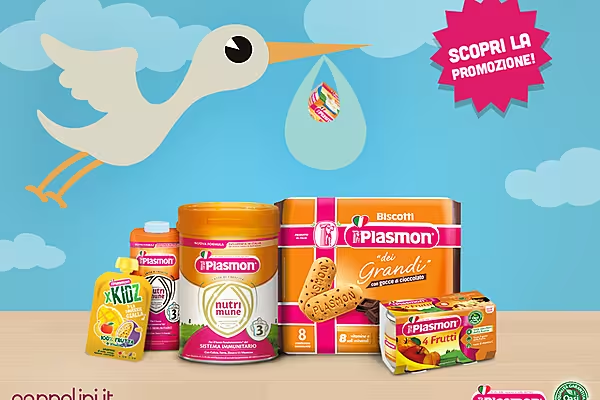Consumer goods giant Nestlé has announced that its Purina researchers have discovered a way to significantly reduce the active levels of the major cat allergen, Fel d1, at its source in cats’ saliva.
The brand’s scientists incorporated an egg product containing anti-Fel d1 antibodies into a cat’s diet, which will ultimately reduce active Fel d1 levels in the environment.
Up to 95% of reactions in cat allergen-sensitive people are caused by Fel d1.2, Nestlé revealed, which is produced primarily in cats’ salivary and sebaceous glands.
It is transferred to a cat’s hair and skin during grooming, and then dispersed in the environment via hair and dried flakes of skin.
How It Works
According to the Purina study, published in Immunity, Inflammation and Disease, when cats were fed a diet including this egg product with IgY, 97% showed decreased levels of active Fel d1 on the hair and dander.
On average, there was a 47% reduction of active Fel d1 on cats’ hair after three weeks of feeding the diet.
Decreasing active Fel d1 on a cat’s hair can reduce cat allergens shed into the environment on hair and dander.
Nestlé emphasised that this method maintains normal allergen production by the cat, without affecting the cat’s overall physiology.
It was presented by Purina scientists at the European Academy of Allergy and Clinical Immunology Congress 2019.
Immunologist Ebenezer Satyaraj, director of molecular nutrition at Purina, said that it can knock down ‘hug he barriers’ between pet and owner.
“These allergens have created a huge barrier to cat ownership and may limit the loving interactions between cat lovers and cats,” said Satyaraj, who was also the lead investigator on the research.
“Our discovery has the potential to transform how people manage cat allergens.”
© 2019 Checkout – your source for the latest Irish retail news. Article by Aidan O’Sullivan. Click sign-up to subscribe to Checkout.









